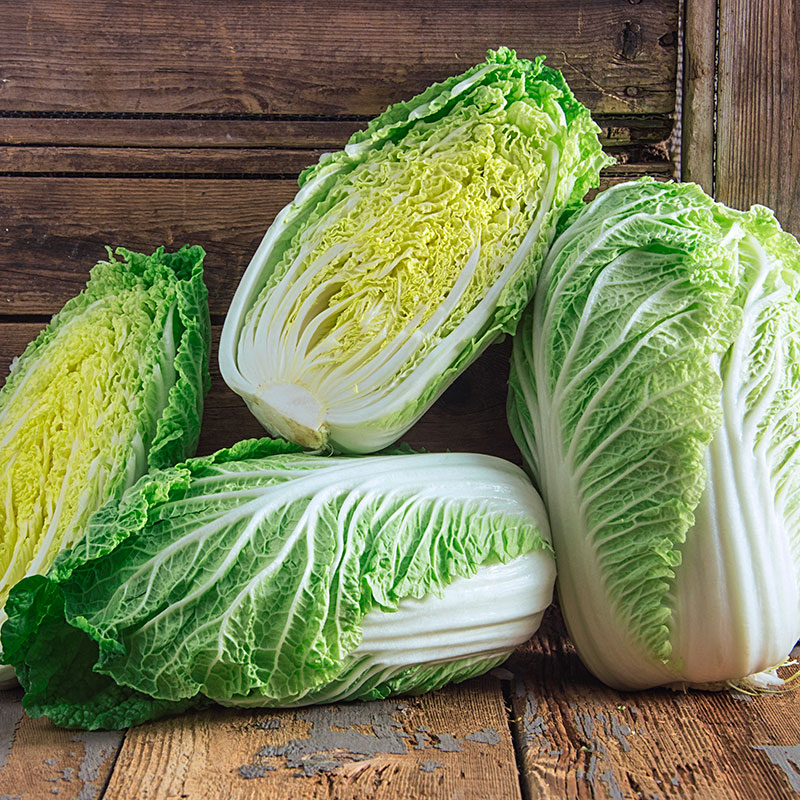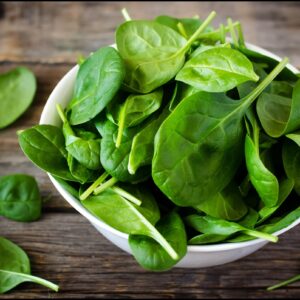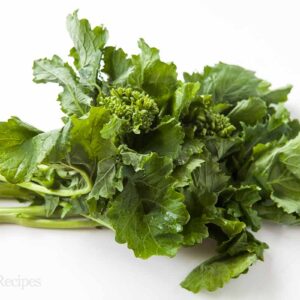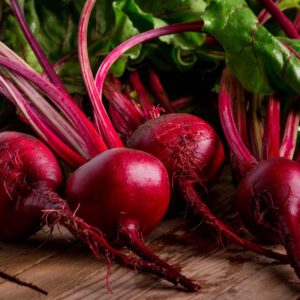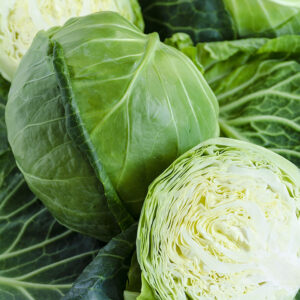Napa cabbage, also known as Chinese cabbage, is a type of cabbage that is known for its elongated head and crisp, mild flavor. It is a cool-season vegetable that is easy to grow from seed and can be planted in the late summer or early fall for a winter harvest. Napa cabbage seeds are small and can be sown directly in the ground or started indoors. They germinate quickly and the plants can be harvested in about 60-65 days. Napa cabbage is a great source of vitamins and minerals and is a popular ingredient in Asian cuisine, particularly in stir-fries and soups.
Growing Napa cabbage, also known as Chinese cabbage, is easy and rewarding. Here are some instructions on how to grow Napa cabbage from seed:
- Choose a location that gets full sun or partial shade and has well-drained soil.
- Sow the seeds directly into the ground or in seed trays, about 1/4 inch deep and 1 inch apart.
- Keep the soil consistently moist and well-watered during the growing season.
- Fertilize the soil with a balanced fertilizer according to the package instructions.
- Thin out seedlings to about 12-18 inches apart when they are large enough to handle.
- Keep an eye out for pests and diseases and take action immediately if you notice any issues.
- The plants will be ready for harvest in about 60-65 days, when the heads are firm and tightly packed.
- Harvest the heads as needed, taking care not to damage the base of the plant, as it will continue to produce new leaves.
By following these instructions, you can successfully grow Napa cabbage in your own garden. It’s a great addition to salads, soups, stir-fries, and sandwiches. It’s a popular ingredient in Asian cuisine and a delicious and nutritious vegetable. It can be planted in late summer or early fall for a winter harvest.

